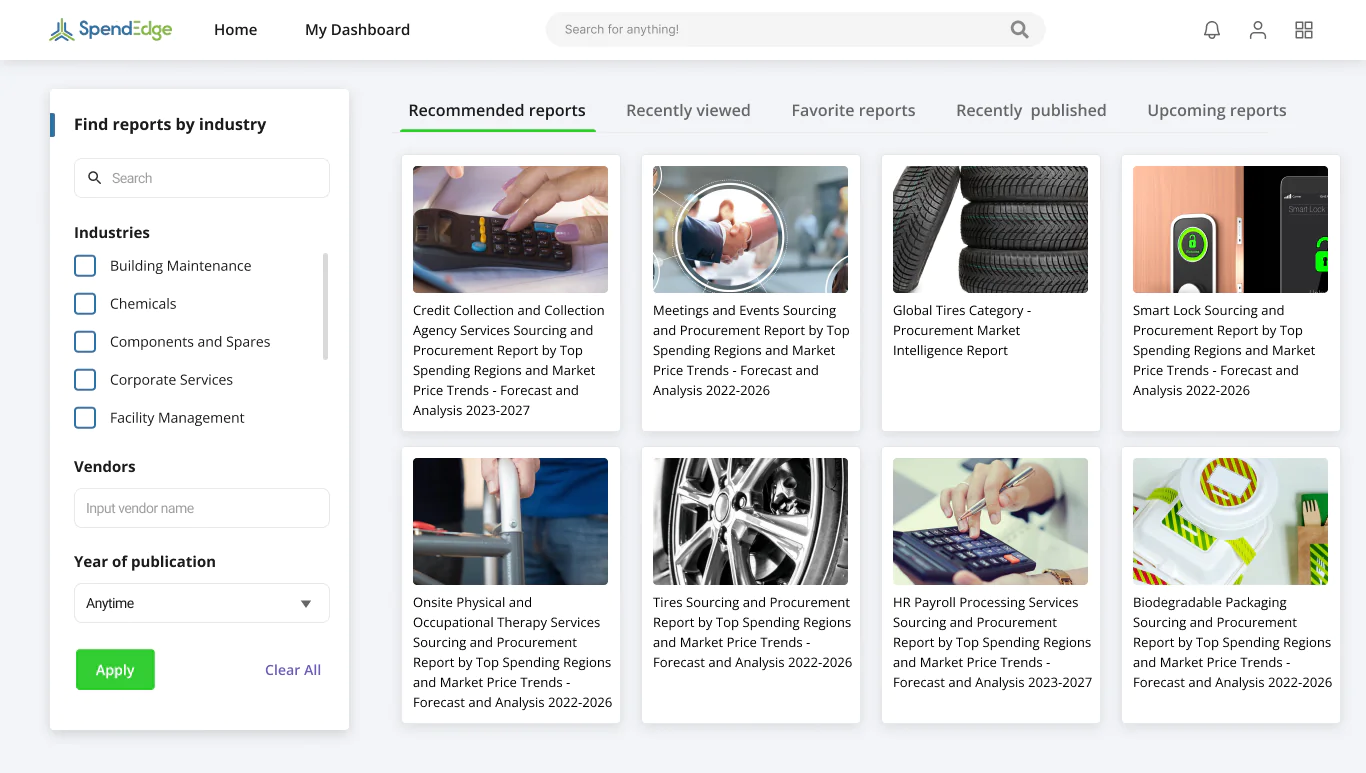
The probability of disruptions severely impacting end users is astronomical in this sector and can lead to dire financial and reputational risks

Organizations are under immense pressure to embrace sustainability initiatives, including green energy, but there are intricacies involved. Smart procurement intelligence solutions can help save your day.

With the growing focus on minimizing/eliminating fossil fuel use and upgrading utility infrastructure, most critical functions of organizations will fall under heavy scrutiny.
With the growing need to modernize these systems and cope with regulation, organizations are keen to adopt more effective strategies.
Adopting renewable energy sources offers plenty of growth opportunities, but there are procurement challenges as well.
In an industry that is subject to high levels of volatility across most critical functions, expert supplier and procurement intelligence solutions are a great first step toward achieving profitable and desirable business outcomes.
Talk to Our Expert
The global power sector stands at the threshold of a transformative era, driven by rapid digitization and evolving energy demands. A confluence of factors—ranging from increased data availability to the urgent need for cleaner energy—is reshaping how electricity is produced, managed, and consumed. Across technologies such as nuclear, coal, solar,...
Read More to see the spendedge blogsGathering data on your supplier’s capability to deliver high-quality products is just not enough. More open communication will ensure suppliers not only deliver with quality but also ahead of schedule.

Mismatches between your needs and what your supplier delivers could weaken business performance. By collaborating intensely with suppliers, you can ensure your penchant for KPIs grows on them as well.